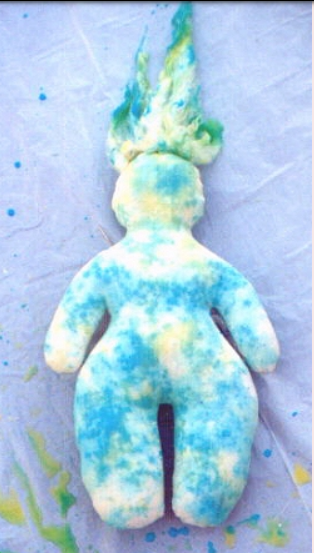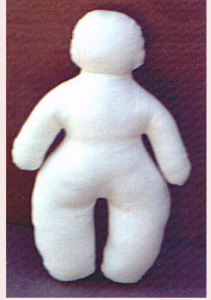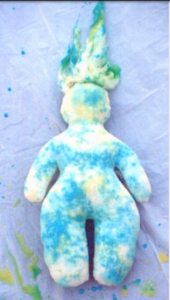Sometimes when you sew multiple layers of fabric, like with quilting or upholstery work, you’ll notice the layers tend to go together unevenly. It’s incredibly frustrating as you sew and unsew seam after seam. Sometimes you can just add a ton of pins along the seam to stop this, but it’s much more efficient to use a walking foot.
A walking foot has its own set of feed dogs to move the top layer of fabric, while the bottom feed dogs on your machine move the bottom layer. This means your thick stack of fabric moves along at an even pace and you don’t get weird wrinkles or bunches in your sewing.
You can buy industrial sewing machines with a built-in walking foot. These are designed to sew only straight and are often used by quilters and upholsterers. This type of walking foot includes a “needle feed” which means the top and bottom feed dogs and the needle all move in conjunction so the fabric is advanced to the back in one smooth step. They make sewing leather, canvas and quilts much easier, but they’re not always necessary–especially if you have a high quality machine to begin with
Home machines can have a walking foot, too. But it doesn’t work quite the same way as an industrial. In this case, there’s no needle feed and the walking foot isn’t actually “walking”. It’s just assisting in moving the layers of fabric better than a smooth-bottom foot would. Some home machines include a walking foot in their standard accessories. But if yours didn’t, don’t worry. You can purchase a walking foot for almost any machine at your local fabric store or online. It simply snaps or screws onto your needle bar just like any other specialty presser foot. There are no special settings you need to worry about.
Helpful hints:
Make sure you purchase the correct foot for your machine’s make and model.
Use a walking foot when you have more than two layers of fabric, or you’re sewing thicker fabrics like denim or canvas.
A good walking foot eliminates the need for lots of pins. In fact, some people skip the pinning step completely.



